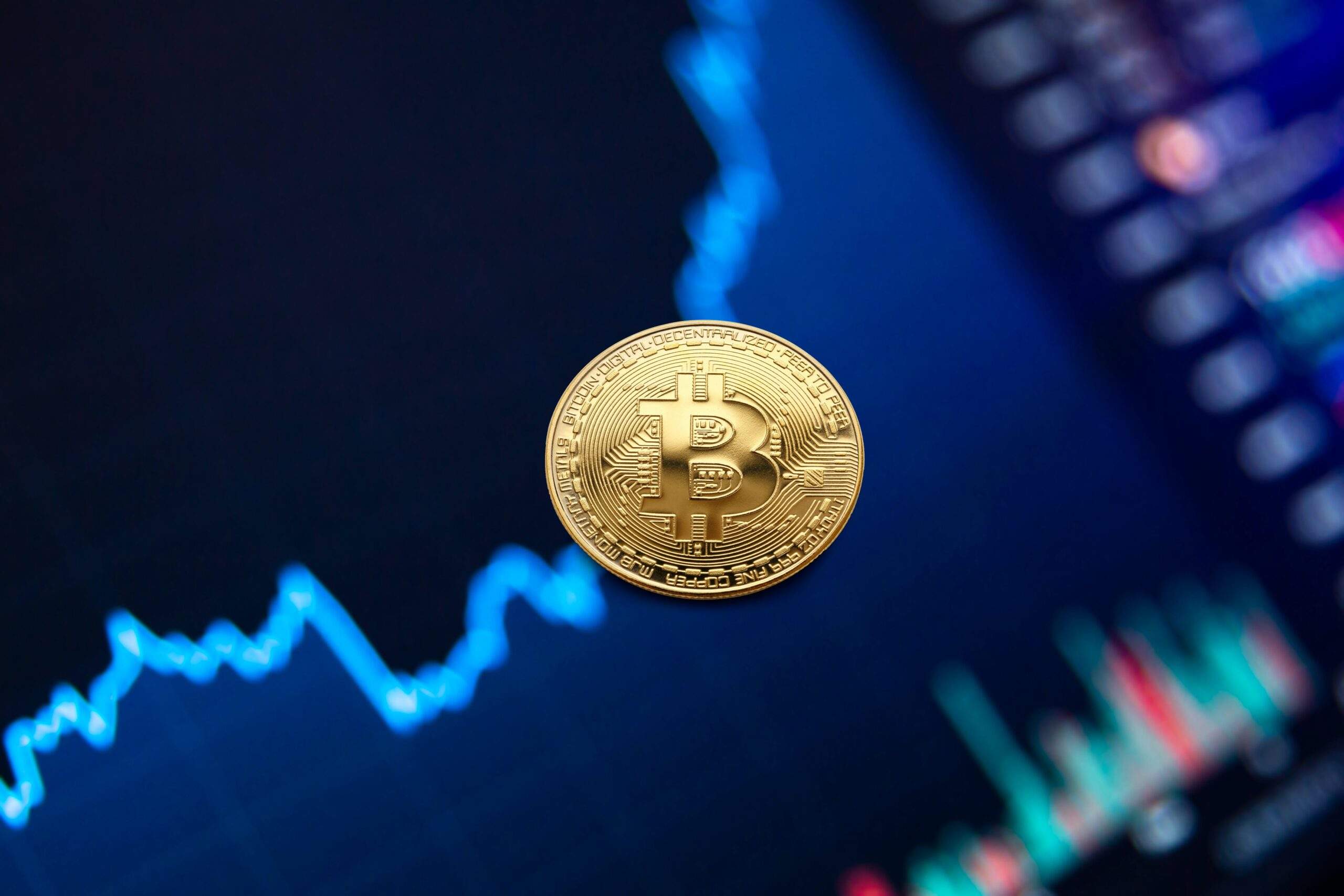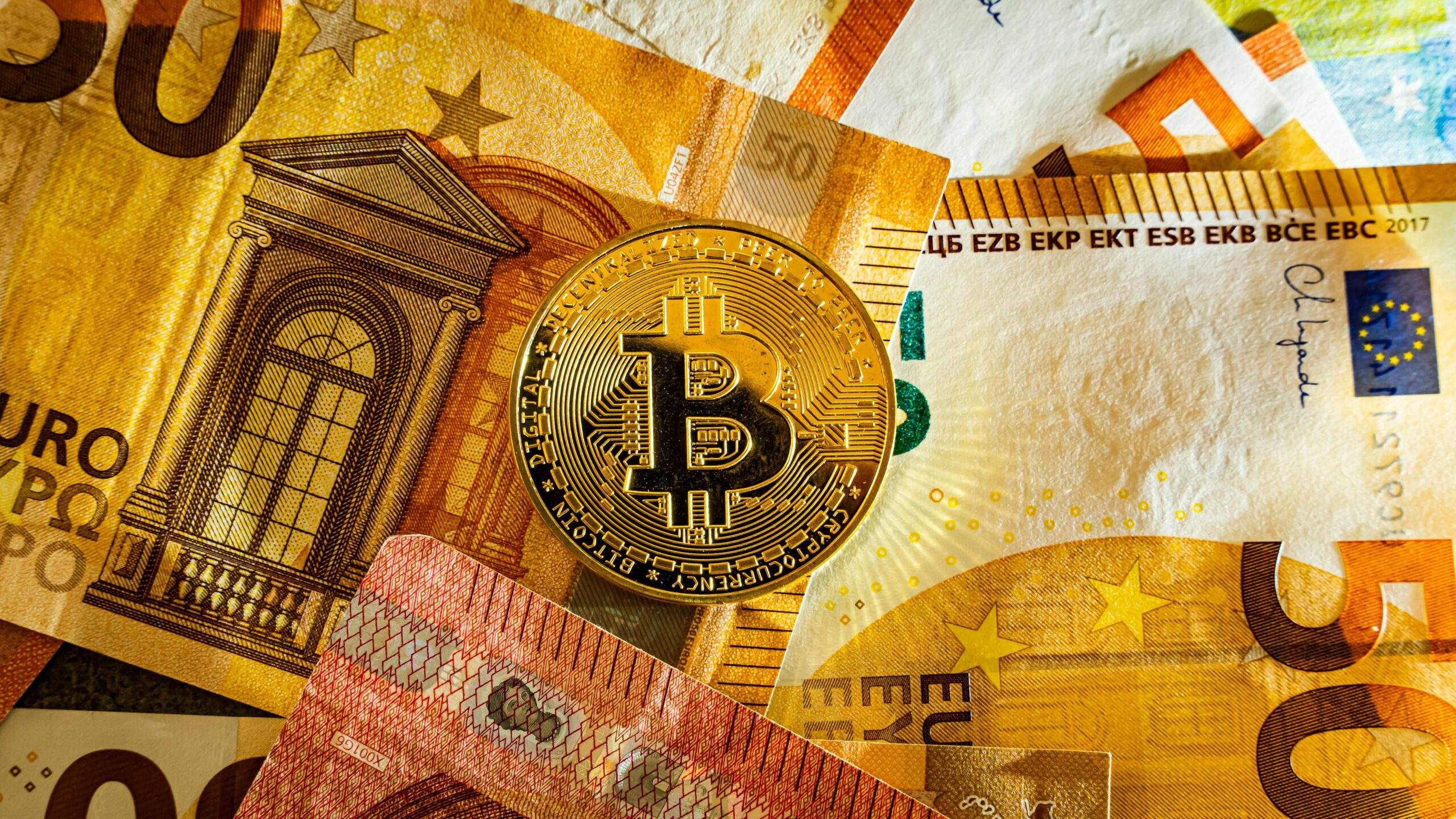Ray Dalio has both written about, and talked about, the fundamental shifts in a new world, that we are still not sensitised to, mostly. This is an Alice in Wonderland world, where we have fallen down a rabbit hole, into what looks like our old familiar world, but has significant differences:
- One, we have never seen a world that is no longer sensitive to Interest Rates, read S4upply of Money.
- Money is supplied to be fuel, but it is used on the way to get intoxicated with booze. It’s almost like petrol at the pump turns into alcohol when it enters your car. In other words, money meant to stimulate the real economy almost always ends up inflating bubbles in the financial economy.
- The World Order is changing. There’s a new Dragon/ Elephant In The Room, supplying Deflation in unimaginable quantities. And they’re called Chindia.
- Technology and rising productivity are eating away at jobs and employability, and we have not yet discovered that Technology is not an unmitigated blessing. One day, we’ll have to pass a law banning Technology. Only nobody knows how to do it.
Declaimer: This article was originally in September 2019, and some of the data points may be outdated
In the old days, debt was a burden. Today, having Savings is a burden. This is what happens when you fall down Alice’s rabbit hole. Virtuosity used to mean that we used forbearance and sacrifice, to accumulate Savings. We did things for people, and then we gave up Consumption, i.e. saved. The idea was to get paid for these Savings.
Today, you get paid for buying a house. Or you get paid more for buying a bigger house. And if you want to save, you perhaps have to count on losing much of it to the very Bank that is entrusted with the job of looking after it. Not that the Bank makes money while doing it. No, it is quite possible that the Bank is not going to be around when you go looking for it.
So how have things come to this pass? And how are we going to survive in this topsy-turvy world, where the old rules no longer seem to work? More importantly, what DOES work?
For starters, it seems that all the money-printing that is meant to revive the economy is not going into the real economy, but into the financial economy. This is inflating bubbles all over the place. It is creating a new rich, the intermediaries who get to use/ allocate this money. But it creates a Risk: were these rules to reverse and ever get sensible, it will kill the very people who are riding on this.
The Negative Interest Rate Policy (NIRP) is really about pushing on a string. In the olden days, a drop in Interest Rates created an appetite for debt, hence debt-fuelled Consumption and investment Demand. But that was in a time of high and positive Real Interest Rates. Stage by stage, that sensitivity dwindled, with every recession setting a lower and lower high-water mark for Interest Rates. Until now, we are entering negative territory to counter slowdowns and recessions. Like a drug addict who needs higher and higher doses of cocaine to reach the same high. Now you need a couple of shots, first thing in the morning, to even get up….
But what is the ancillary effect of this, on the other moving parts of this complex machine called the World Economy? First, savers have been robbed of any reward for saving. The supply of money is now dependent not on Savings, but on the printing of false money by the Central Banks.
We know that Bad Money Drives Out Good (Money). The net result of this is that money produced from Savings is neither needed nor therefore, rewarded. So the supply of Money has been taken over by the now counterfeit money created by the Central Banks.
GDP is either Consumption or Savings. So if there is no need for Savings, then it follows logically that it would all be Consumed, right?! WRONG. And this is where we fall down Alice’s rabbit hole again.
You see, the human mind is future-living. It tends to provide for the future, even live in the future. It was born and lived most of its life in a world where resources were scarce, and hence had to be conserved. So conservation became a virtue, and we found meaning in Life by producing, not by consuming. We find it impossible to adjust to a world where both things (thanks to Technology) and money are available in excess. We have not evolved for this, nothing in our past has prepared us to sit back and consume, without saving.
In a world where jobs are being driven out by Technology, and Savings are all being transferred to the Central Bank’s Balance Sheet, the very motive for Life is being taken away by a concatenation of circumstances that are not of our making. We are going over the waterfall in a boat that is driven by currents that we neither understand nor can control.
The Confidence (some call it Consumer Confidence) that is needed for us to go out and shop, has now been transferred to the government because they are the only ones confident in their future. This is what is called pushing on a string.
So the governments now keep flogging a dead horse, trying to get it to rise and shine. Not knowing that the only thing rising is financial markets, as the excess liquidity flows into bubbles that are overvaluing a smaller and smaller real economy. It’s not as if the people riding these bubbles are safe. Like any glassful of froth, these bubbles break randomly, to ensure that there are no permanent winners.
Then there’s Technology and China. Both have ensured that there’s deflationary pressure on everything and that nobody can make any money from making any real stuff that a real consumer needs.
So how does one live in a world like this, and ensure his survival? Inflation has not been seen in a decade, because of the deflationary effects of China, even India, entering the global trade markets.
Most of this money is finding its way to financial markets, creating extraordinary wealth (and therefore, disparity) in the hands of a few. This does nothing for the happiness and sense of security of the rest. Leading to further loss of Consumer Confidence, the very emotion that drives the engine of a free economy.
So that leaves only the government to drive the economy. This is why stimulus spending is slowly growing to take up a disproportionate part of the economy. Just think of what it is like the printer of money is now creating artificial demand to ‘stimulate’ an economy that is slowing down because nobody feels secure about his job, his savings (the Wealth Effect), or the future.
In this topsy-turvy world, is there any Survival Kit, any part of the economy that you can hide in? In the small pockets where there is any genuine income, any genuine savings, you should just hang onto your savings, stuff it under your mattress, and hope that it’s time to die before the money runs out.
The only saving grace is: NONE of this is (yet) applicable to India. We have huge debt burdens, high real interest rates, and a sharp sensitivity to a drop in Interest Rates. We are the only island where negative interest rates have not yet clouded our future. And we should benefit from the surplus (and false) liquidity flooding the foreign Central Banks.
Some parts of our economy may be undergoing structural changes, but most of it is cyclical. Our poverty is our biggest savior. Anything we produce will get consumed. Right now, it does look like we are staring down the rabbit hole, but we haven’t fallen into Wonderland yet.
Yes, we have a new Normal, it looks like our base rate of growth is going to shift structurally down. That will be well below expectations. But I doubt that we will enter Alice’s Wonderland shortly.







